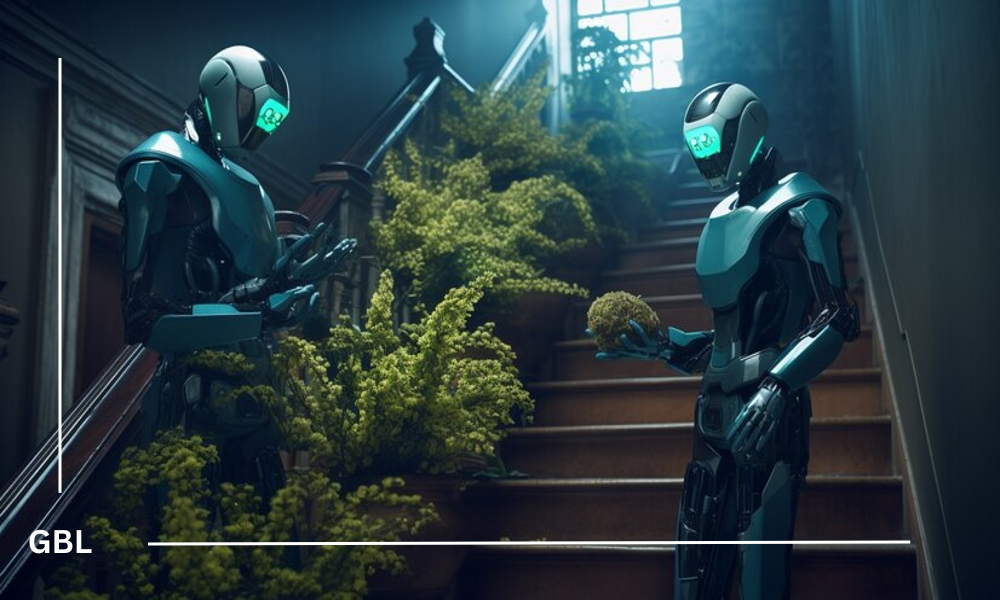Swarm robotics is quickly becoming one of the most exciting fields in technology, inspired by the natural world where insects and animals work together seamlessly. This innovative approach involves deploying multiple robots that coordinate and communicate with each other to complete tasks, much like a flock of birds or a school of fish moving in perfect harmony.
The beauty of swarm robotics lies in its simplicity and efficiency. Unlike traditional robotic systems that rely on a single control point, swarm robots operate based on local interactions and simple rules. Each robot responds to its environment and the actions of its nearby counterparts, leading to complex, coordinated behaviors without needing centralized direction. This decentralized approach makes swarm robotics incredibly flexible and scalable.
One of the most promising applications of swarm robotics is in environmental monitoring. Imagine a swarm of small, autonomous robots spread across a forest or a body of water, collecting data on pollution levels or wildlife movements. This technology allows for comprehensive monitoring over large areas, providing valuable insights without the need for extensive human resources.
In agriculture, swarm robots are changing the game in precision farming. These robots can work together to monitor crop health, apply fertilizers, and even manage pests with pinpoint accuracy. This means farmers can achieve better yields while minimizing resource use and environmental impact. It’s a perfect example of how technology can make farming more efficient and sustainable.
Disaster response is another area where swarm robotics shines. After a natural disaster, swarms of robots can be deployed to search for survivors, assess damage, and deliver supplies to hard-to-reach areas. Their ability to adapt to changing conditions and work together in challenging environments makes them invaluable in crisis situations.
Despite its potential, swarm robotics still faces challenges. Ensuring that robots communicate reliably, managing the complexity of decentralized systems, and designing robots that can handle various environments are key hurdles. However, ongoing research and technological advancements are addressing these issues, pushing the boundaries of what swarm robotics can achieve.
Looking ahead, swarm robotics has the potential to transform numerous fields, from environmental conservation to emergency response. By mimicking the collaborative efficiency of nature, swarm robotics is paving the way for smarter, more adaptive technology that can tackle complex problems in innovative ways. The future is indeed buzzing with possibilities, and swarm robotics is leading the charge.











